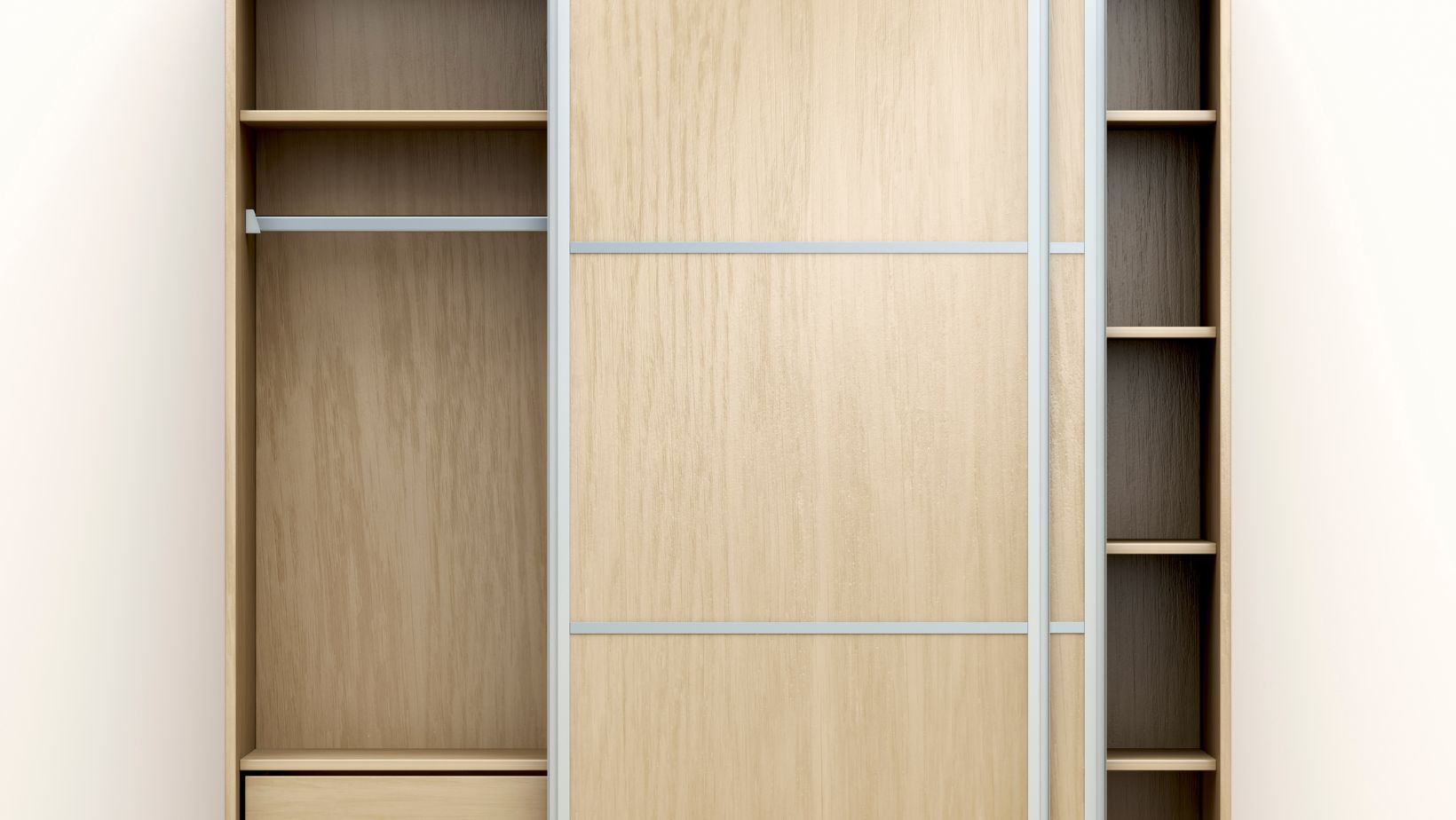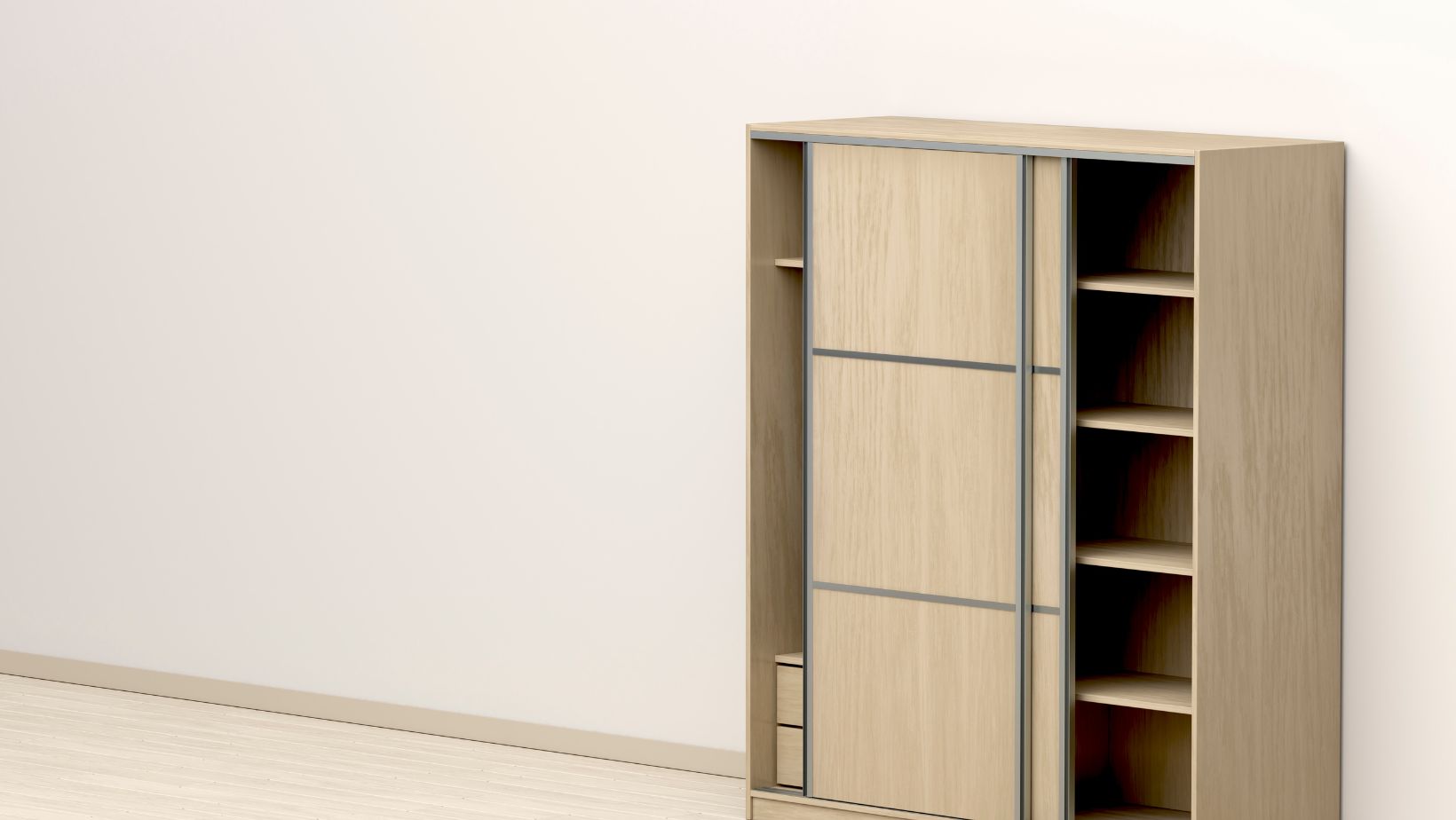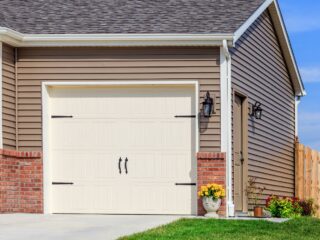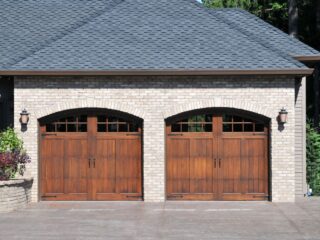
When it comes to installing 2 panel sliding closet doors, finding the best way to do it can be a bit challenging. However, with the right tools and step-by-step instructions, you’ll be able to tackle this project with confidence. In this article, I’ll walk you through the process of installing 2 panel sliding closet doors, providing you with helpful tips along the way.
Choosing the Right Type of 2 Panel Sliding Closet Doors
When it comes to enhancing the functionality and aesthetics of your closet space, 2 panel sliding closet doors can be an excellent choice. These doors offer several benefits that make them a popular option among homeowners.
Factors to Consider Before Installing 2 Panel Sliding Closet Doors
Before installing 2 panel sliding closet doors, there are a few factors you should consider to ensure you make the right choice for your specific needs:
- Measurement: Accurate measurements are crucial when selecting sliding doors. Measure the width and height of your closet opening to determine the appropriate door size.
- Make sure to account for any obstructions such as baseboards or trim that may affect door installation.
- Take multiple measurements at different points along the opening to ensure accuracy.
- Material: Choose a material that aligns with both your style preferences and practical requirements. Common options include wood, glass, mirrored surfaces, or even composite materials like MDF (medium-density fiberboard).
- Hardware: Pay attention to the quality and durability of the hardware used in the sliding door mechanism. Look for smooth-glide rollers and sturdy tracks that will withstand frequent use over time.
- Installation: Consider whether you’ll install the doors yourself or hire a professional contractor for assistance. Professional installation ensures proper alignment and functionality, but if you’re confident in your DIY skills, installing them yourself can be a cost-effective option.
Materials Needed for Installing 2 Panel Sliding Closet Doors
To install 2 panel sliding closet doors, you’ll need a few essential materials:
- Sliding door kit: Purchase a sliding door kit that includes all the necessary hardware components, such as tracks, rollers, guides, and handles.
- Drill and screws: You’ll need these tools to attach the tracks securely to the top of the doorway frame.
- Level: Use a level to ensure that the tracks are installed straight and level for optimal performance.
- Measuring tape: Accurate measurements are crucial during installation. Use a measuring tape to determine the correct positioning of the tracks on both sides of the doorway.
- Saw (if needed): If your chosen doors don’t fit within your existing closet opening, you may need to trim them using a saw.

2 Panel Sliding Closet Doors
By considering these factors and gathering the necessary materials, you’ll be well-prepared to choose and install 2 panel sliding closet doors that seamlessly integrate into your space while maximizing its functionality. Removing the Old Closet Doors (if applicable)
- Prepare the workspace: Clear out any items that might be in the way and create a clean and organized area around the closet. This will give you enough space to work comfortably.
- Identify the door type: Determine what type of closet doors you have before proceeding with removal. Common types include bypass doors, bifold doors, or hinged doors. Each type may require different techniques for removal.
- Remove hardware: Start by unscrewing and removing any hardware attached to the old doors such as handles, hinges, or tracks. Keep these pieces together in a safe place as they may come in handy during installation of the new doors.
- Lift off or unhinge: Depending on your door type, carefully lift off each door from its track or remove them from their hinges one at a time. It’s always helpful to have an extra pair of hands for support while doing this.
- Inspect and clean: Take a moment to inspect both the removed doors and the closet space itself for any damage or accumulated dirt that needs attention before proceeding with installation.





